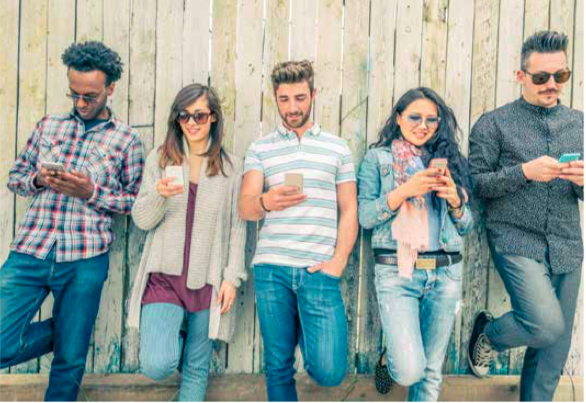Personal Development: Alexander Anghelou asks ‘Why has the use of our free time changed?’ and how it paves the way to burnout…
Adam Alter (professor in Business and Psychology) had a TED Talk entitled ‘Why our screens make us less happy’. And in May 12, 2017, Chris Weller of Business Insider produced a chart to show why it feels like you have No Free Time, In One Chart. The red space is all the time we spend fiddling around on screens. The puny yellow and white slivers that remain are “where the magic happens,” Alter says. “That’s where your humanity lives, and right now it’s in a very small box.”
Two years after Chris Weller’s article inspired by Adam Alter’s TED talk ‘Why our screens make us less happy,’ the high impact of screen time on our personal time still stands today. I do not have figures to show for how screen time has evolved in the past two years, but I believe that it is safe to say that our personal time in 2019 is eaten up by screen time at least the same and most probably more than in 2017. Since then, we have more apps, better and more powerful ‘smart’ phones and better and faster internet.
Having worked as a psychologist specializing in cognitive behavioural therapy since 2005, I have seen the number of anxiety related cases increase exponentially. Back in 2005, people with anxiety related difficulties were predominantly over 30 years old. Today that population remains today but the population that has increased exponentially in the past decade is the 15-25year olds.
One of the reasons for this, I believe, is the acceleration of the pace of life, meaning that more is expected from people in the same amount of time. Since around 2008, there have been great efforts to streamline workflow, to make everything more efficient and with higher expectations, which are often unrealistic. Hence, the rise of pressure, anxiety and, therefore, anxiety disorders. If we were to prepare an athlete for a competition, we would make him/her strong, skilled, lean and agile, but there are limits. If these limits are crossed, you start to compromise performance and health, the same is true for companies, organisations and schools.
Something I say to my patients daily is that we need to manage our resources and to function in a sustainable way so as not to ‘burn out.’ To do things during our free time we need two essential ingredients, the first is TIME and the second is ENERGY. As shown in Professor Adam Alter’s chart, the amount of free time has not changed significantly in the past years but our use of it has. Why?
Since we have the time but often do not have the energy, we engage in activities that are passive and require little to no energy. Engaging passively with our screens does not come for free, it comes at a very high cost. The first and most obvious one is that screen time eats up our free time. So, the cost is the benefit that is missed or given up when we choose one alternative over another, in economics this is referred to as ‘opportunity cost.’







